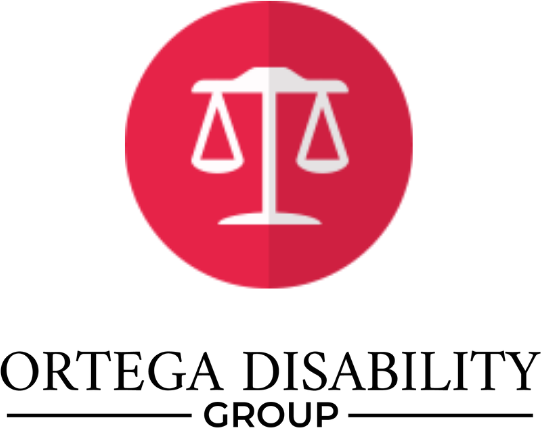The disability claims process can be long and complex. Hiring an SSDI and SSI lawyer in Oakland will give you a better chance of getting your claim approved. At Ortega Disability Group, we use our legal experience and knowledge of the Social Security System to help clients get the benefits they need. We also help disabled beneficiaries defend their SSI and SSDI eligibility when necessary.
If you’ve been approved for Social Security Disability Insurance (SSDI) or Supplemental Security Income (SSI), you may be wondering how often the Social Security Administration (SSA) will review your case. These reviews are called Continuing Disability Reviews (CDRs) and they’re completed to ensure you’re still eligible to receive benefits.
How often is SSDI reviewed? What about SSI? Continue reading to learn about the CDR process and how often these reviews are conducted.
What Are CDRs?
When you receive SSDI or SSI benefits, the SSA will consistently review your case. These reviews are called Continuing Disability Reviews, or CDRs. They are based on a few factors, including:
- The severity of your disability
- The likelihood of your medical condition’s improvement
- Your age when you begin receiving benefits (in some cases)
The SSA does not assume any applicant is permanently disabled when they’re approved for benefits. To determine if current SSDI and SSI recipients are still disabled and unable to return to work, the SSA utilizes CDRs.
How Often Does the SSA Conduct CDRs?
If you’re on disability, then you might be asking, How often does Social Security review your disability? It varies from case to case, but reviews normally occur once every 3-7 years.
CDR Frequency Based on Types of Cases
When Medical Improvement Is Expected (MIE)
If medical improvement is expected with your disability, your case will be reviewed every 6-18 months following initial case approval. With many MIE cases, the individual is recovering from minor surgery and is out of work for at least 12 months.
When Medical Improvement Is Possible (MIP)
If medical improvement is possible for your case, including conditions that are reasonably expected to improve, a CDR will take place once every 3 years. In many situations, MIP cases involve mental illnesses as well as physical conditions.
When Medical Improvement Is Not Expected (MINE)
Many conditions, such as cancer, blindness, deafness, Parkinson’s disease, and cerebral palsy, unfortunately, are not expected to improve. These are labeled MINE and will likely undergo SSA reviews once every 5-7 years. Certain disabilities such as amputations, from which recipients aren’t typically expected to recover, also require Continuing Disability Reviews.
To summarize, Continuing Disability Reviews occur as follows for disability recipients:
- MIE – Every 6-18 months
- MIP – Every 3 years
- MINE – Every 5-7 years
If you’re above the age of 55, CDRs are usually only conducted every 5-7 years, even for MIE and MIP cases.
How Do I Know When My SSDI Will Be Reviewed? What About SSI?
Whether you receive SSDI or SSI, your continuing eligibility for benefits will need to be reviewed by the SSA. The frequency with which these reviews occur is based on the categorization of your disability. You will know when your CDR is coming up based on when you were approved for benefits. For example, if you have an MIE condition, your first CDR will be conducted 6-18 months after claim approval.
Can I Appeal A CDR Decision?
Although it is fairly rare, a CDR can result in the discontinuation of disability benefits. If this occurs, you can appeal the decision by requesting a review from the SSA.
In order to appeal a CDR denial, you must file the Request for Reconsideration and Disability Report forms.
If your benefits have been terminated following a CDR, consult one of our qualified disability advocates today.
Contact Ortega Disability Group
For more information on CDRs, contact our disability lawyers in Oakland, CA! We’re also available to help you through the SSI or SSDI application process, appeals, and more.

